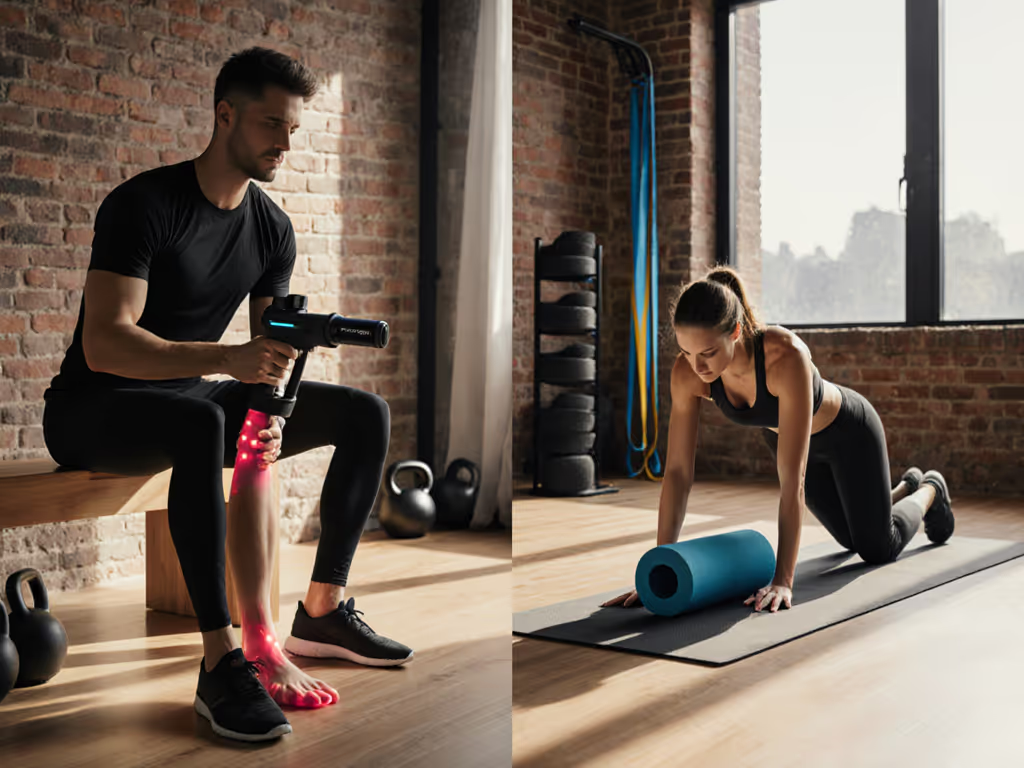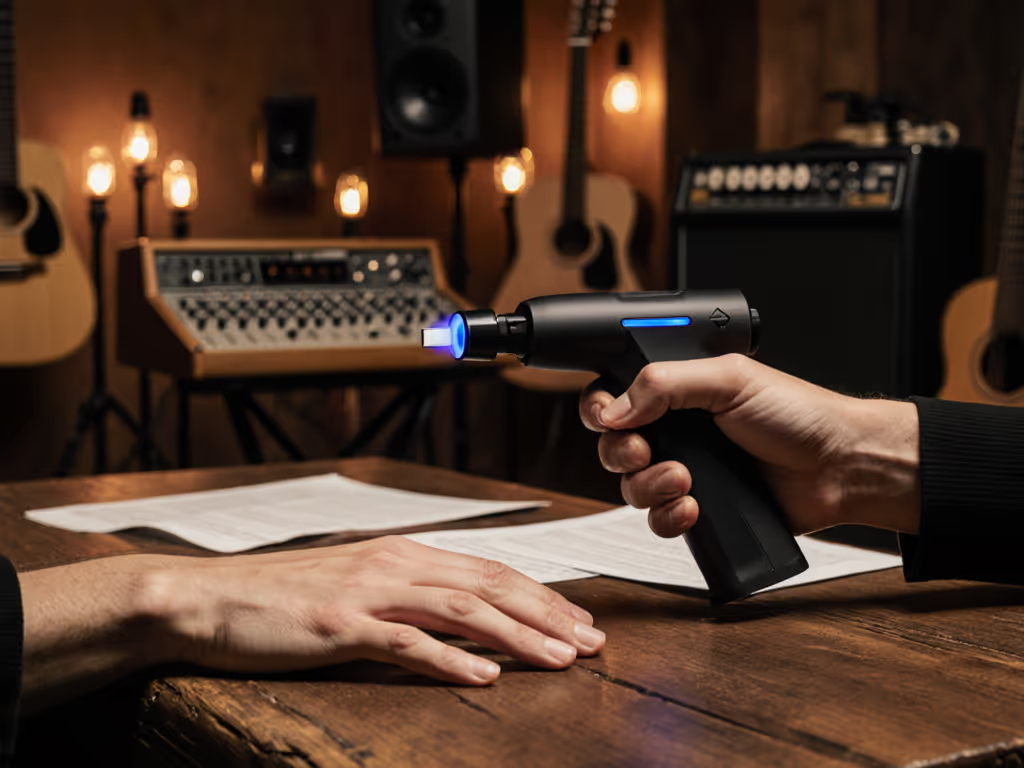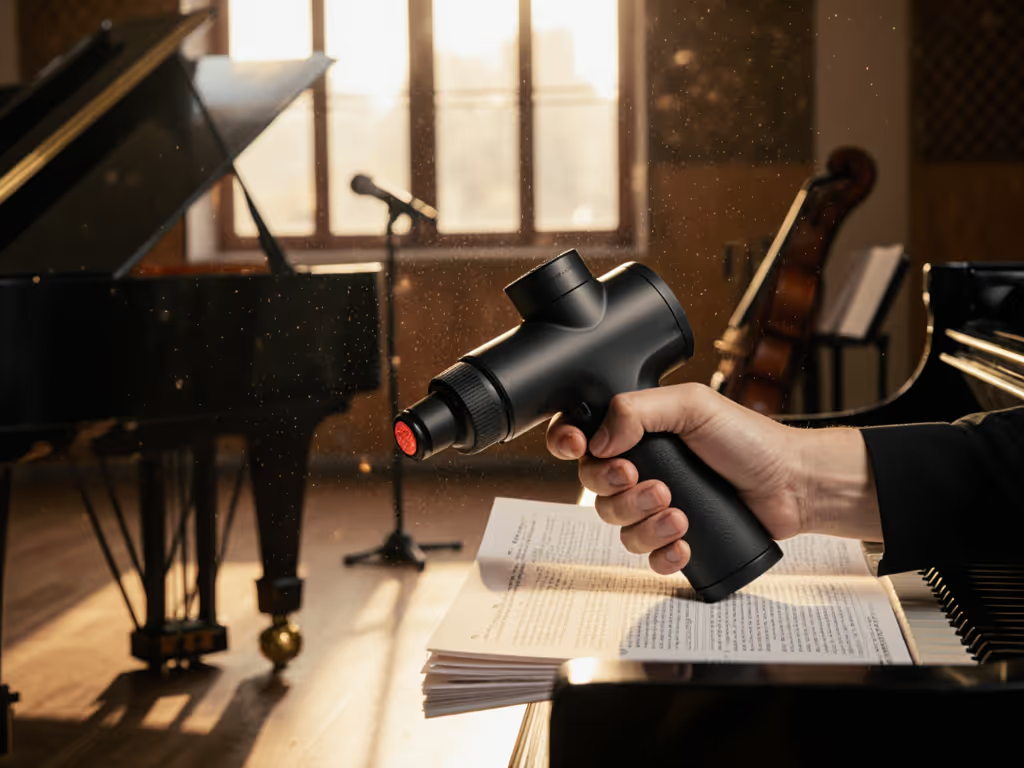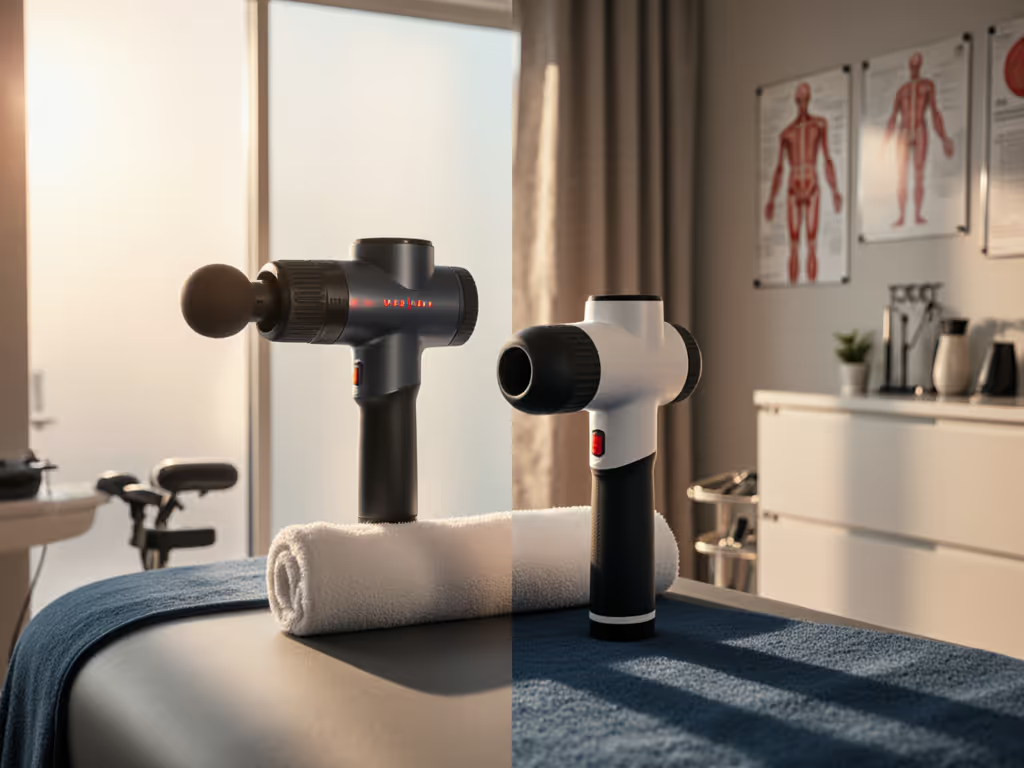
When to Use a Massage Gun vs Foam Roller: A Practical Guide

Recovery tools like foam rollers and massage guns are essential for athletes and active individuals, but choosing the right tool depends on your specific needs and lifestyle. Foam rollers excel at broad muscle release and flexibility work, while massage guns deliver targeted deep-tissue therapy. Practical integration hinges on factors like portability, depth of pressure, and daily routines (whether you're a desk worker easing shoulder tension, a runner targeting calves, or a traveler needing compact solutions). Let's break down when each tool shines.
Foam Rollers: Your Mobility Foundation
Foam rollers use bodyweight pressure to release surface-level muscle tension, making them ideal for warm-ups and large muscle groups. Benefits include improved flexibility and blood flow, particularly for quads, hamstrings, and back muscles. Their affordability and simplicity suit beginners, but they struggle with precision, and glutes, traps, and smaller areas are harder to target.
Key use cases:
- Pre-run/routine warm-ups: 3-5 minutes rolling calves and hamstrings boosts mobility.
- Desk worker relief: Midday rolling for upper-back/shoulder stiffness.
- Budget-friendly starting point: Basic high-density rollers like the 18-inch Amazon Basics model ($14.68) handle most needs.
Limitations: Awkward positioning and limited depth mean they're less effective for intense post-workout recovery.
Massage Guns: Precision Recovery On-Demand
Massage guns use percussive therapy to penetrate deep tissue, offering faster relief for soreness and stiffness. Their adjustable intensity and attachments (e.g., flat or bullet heads) allow customized treatment for tricky spots like calves, IT bands, or neck. For muscle-specific recommendations, see our massage gun attachment guide. Modern devices prioritize quiet operation and portability (critical for office or travel use).
When they outperform rollers:
- Post-workout: <5 minutes targeting sore quads/glutes reduces DOMS.
- Travel/space constraints: Compact models (e.g., Hypervolt Go 2 at 1.5 lbs) with TSA-approved batteries fit in gym bags.
- Deep-tissue needs: Lifters easing back tension or runners addressing IT band tightness.
Trade-offs include higher cost (e.g., Theragun PRO Plus at $548.88) and charging logistics. Avoid aggressive use on bony areas to prevent injury.
Choosing Your Tool: A Practical Decision Guide
Match the tool to your lifestyle and recovery priorities with this comparison:
| Factor | Foam Roller | Massage Gun |
|---|---|---|
| Depth | Surface-level | Deep tissue |
| Portability | Moderate (18-36") | High (TSA-friendly) |
| Ease of use | Requires positioning | Handheld precision |
| Cost | $ (Basic: $15-$30) | $$$ ($120-$550) |
| Best for | Warm-ups, mobility | Targeted recovery |
User-Specific Recommendations
- Runners: Pre-run foam roll calves; post-run gun for calves/IT bands.
- Lifters: Roll quads pre-lift; gun for glutes/post-session DOMS.
- Desk workers: Keep a quiet gun (<= 50 dB) for shoulder knots during breaks.
- Travelers: Hypervolt Go 2's USB-C charging and 3-hour battery fit hotel routines.
The Hybrid Approach: Maximizing Recovery
For comprehensive care, combine both:
- Foam roller first: 3 minutes on large muscle groups to boost blood flow.
- Gun follow-up: 2 minutes targeting knots (e.g., mid-back for desk workers).
Studies confirm both reduce soreness, but pairing them addresses depth and efficiency gaps.
Two-minute curbside warm-up, then run. Post-route, gun your calves while hydrating.
Actionable Next Step
Audit your weekly routine: If you skip recovery due to time or complexity, start with one 5-minute session. Desk workers might try a.m. shoulder rolls and p.m. gun therapy; runners could pair rolling with a portable gun like Hypervolt Go 2. Track stiffness for a week, and notice when tools feel frictionless versus neglected.



